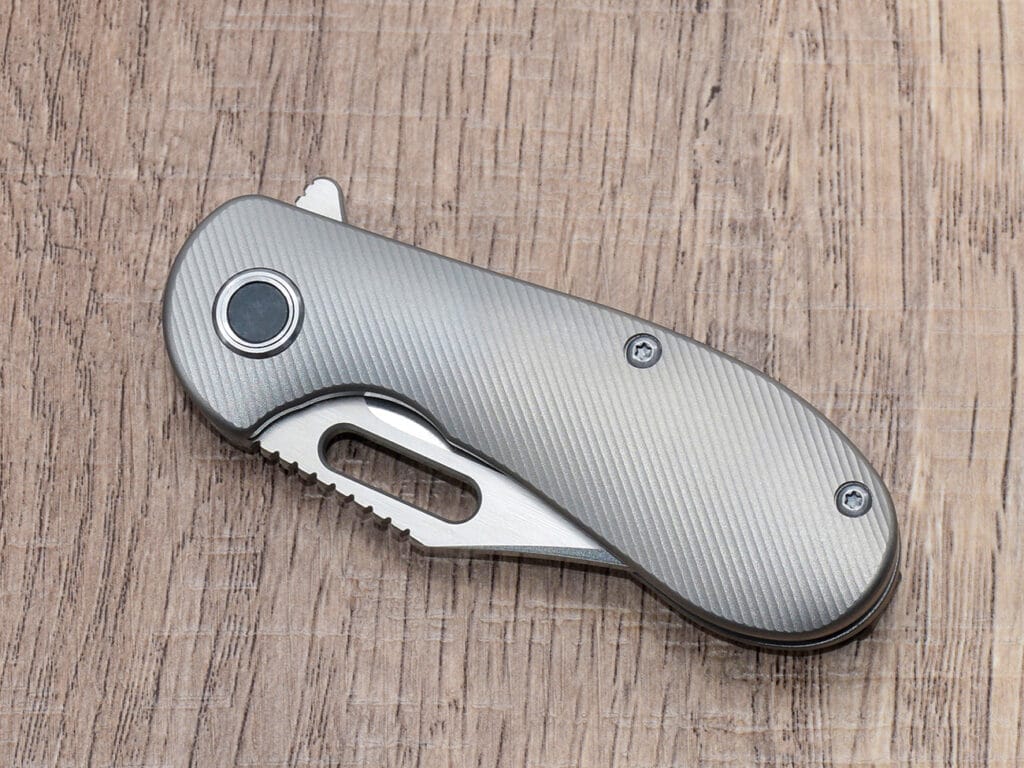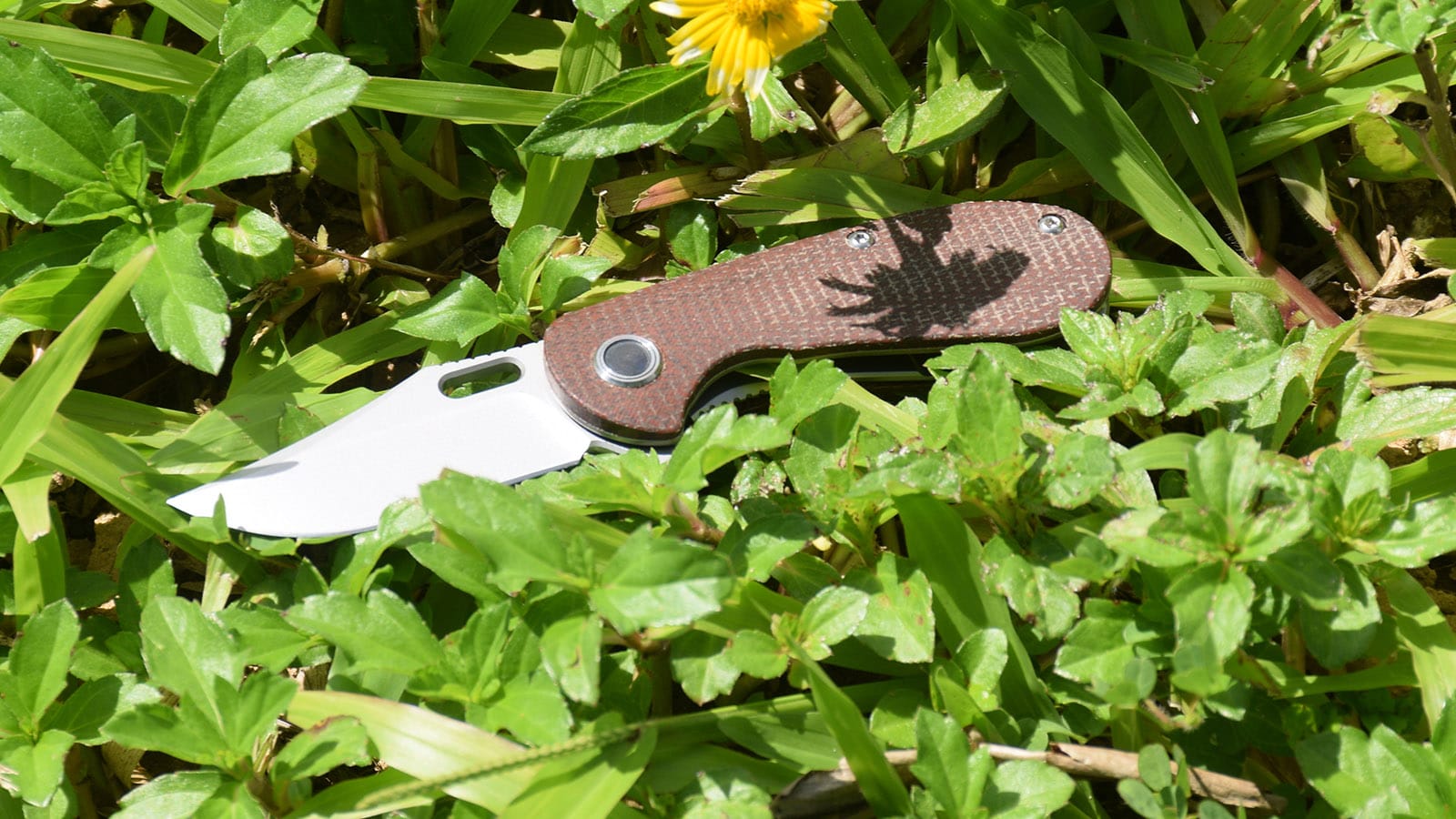Transform your dull knife into a gleaming masterpiece with this comprehensive guide to knife polishing. Whether you’re a pocket knife enthusiast or a kitchen knife aficionado, learning how to properly polish a knife blade can enhance both its appearance and performance. This detailed tutorial will walk you through every step of achieving that coveted mirror finish.
What Makes a Well-Polished Knife Special?
A properly polished knife isn’t just about aesthetics. When you polish a knife blade, you’re actually improving its cutting performance and durability. The smoother surface reduces friction and prevents corrosion, making your EDC knife or kitchen blade last longer.
Essential Tools and Materials for Knife Polishing
Before starting the polishing process, gather these crucial items:
- Various grits of sandpaper (400-3000)
- Polishing compound
- Buffing wheel (optional)
- Clean cloths
- Protective gear (gloves, safety glasses)
- Rust remover (if needed)
How Do You Prepare a Knife for Polishing?
The first step in achieving that desired mirror polish is proper preparation:
- Clean the blade thoroughly
- Remove any rust or grime
- Secure the knife in a stable position
- Put on safety equipment

What’s the Best Technique for Hand Polishing?
Hand polishing requires patience and proper technique:
- Start with coarser grit sandpaper
- Use consistent, straight strokes
- Work in one direction only
- Progress gradually through finer grits
- Keep the surface clean between grits
Understanding Grit Progression: Why It Matters
The key to achieving a mirror finish lies in proper grit progression:
- Start with 400 grit for rough surfaces
- Move to 800-1000 for smoothing
- Progress to 1500-2000 for refining
- Finish with 2500-3000 for final polish
Common Mistakes to Avoid When Polishing Knives
Even experienced knife enthusiasts can make these errors:
- Skipping grit levels
- Inconsistent pressure
- Poor cleaning between grits
- Rushing the process
- Using wrong polishing compounds
How to Use a Buffing Wheel Effectively?
For those using power tools, proper buffing technique is crucial:
- Choose the right buffing compound
- Maintain moderate speed
- Keep the blade cool
- Use light pressure
- Work in sections
Advanced Polishing Techniques for Mirror Finish
Achieving that perfect mirror polish requires advanced techniques:
- Use specialized polishing compounds
- Implement proper angle control
- Master the final buffing stages
- Apply finishing touches
Maintaining Your Polished Knife
After achieving that beautiful mirror finish, proper maintenance is key:
- Regular cleaning
- Proper storage
- Periodic touch-ups
- Protection from elements
When Should You Consider Professional Polishing?
Sometimes, professional polishing might be the better option:
- Complex blade geometries
- Valuable collectibles
- Severe damage
- Time constraints
Key Points to Remember:
- Start with proper preparation and tools
- Follow the grit progression carefully
- Maintain consistent technique
- Clean between grits
- Take your time
- Use appropriate safety gear
- Regular maintenance is crucial
By following these guidelines and practicing patience, you can achieve professional-level results in polishing your knife blade. Remember, polishing is both an art and a science – the more you practice, the better your results will be.




